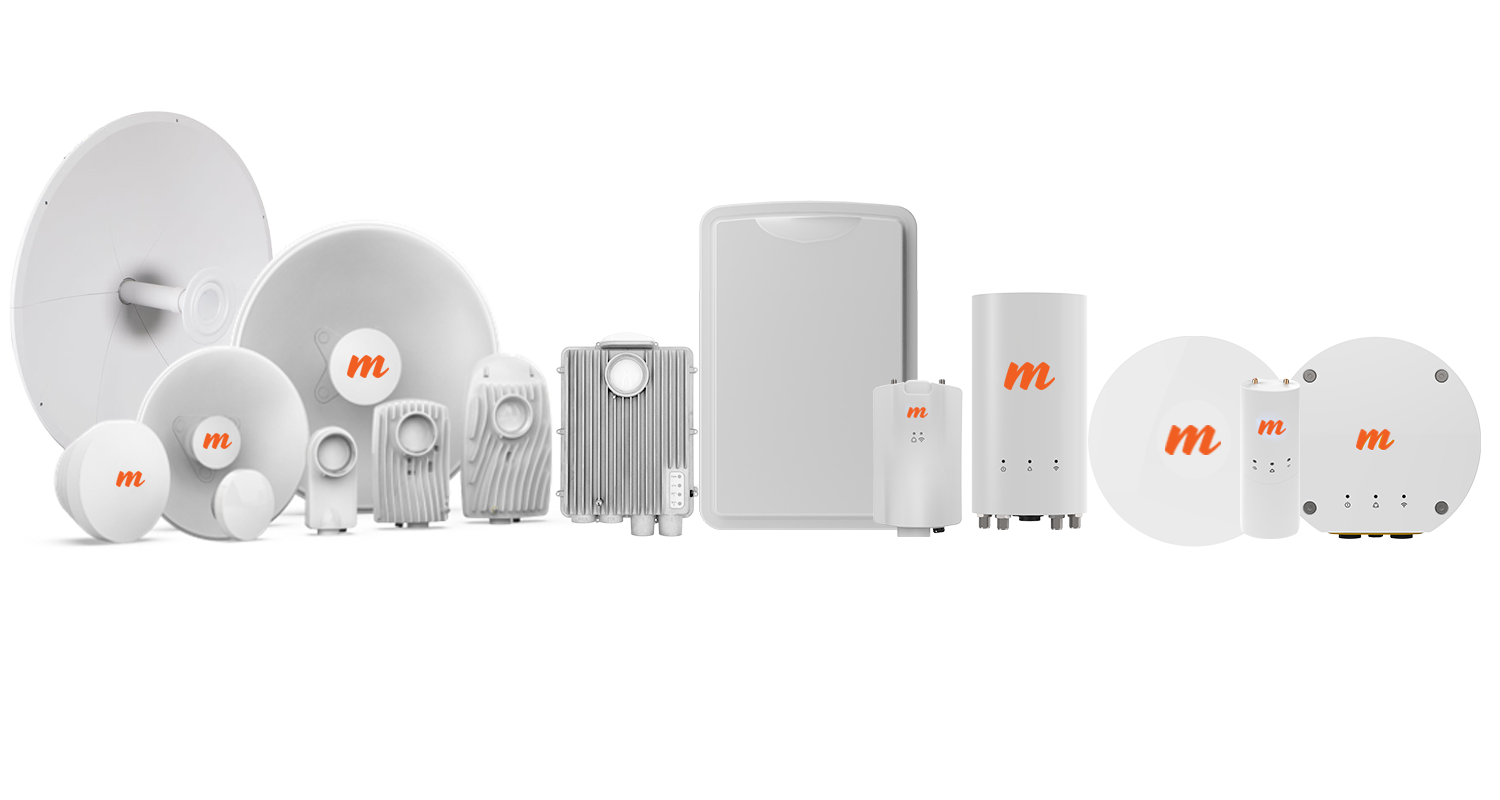Delivering fiber-like speeds with Mimosa's point-to-point and point-to-multipoint solutions.
Mimosa Radios and Internal Temperature
We addressed the operating environment for Mimosa products in a previous Tech Tuesday blog post. As a refresher, our products are tested and rated for outdoor operation in the temperature range -40°C to +55°C (-40°F to 131°F). One thing we didn’t cover was the internal temperature of our devices and how this should be interpreted.

B5 Dashboard
The first thing to understand is that the temperature reading will always be significantly higher than the outside ambient temperature in which the product is operating. The nature of any electronic product is that it generates heat, so this should not cause alarm. Where this temperature reading comes from varies by product. In the Mimosa B5/B5c/B11 radios, the temperature is taken from an internal sensor on the board inside the product. In the Mimosa B5-Lite/C5, the temperature displayed is the CPU temperature. The CPU temperature will always exceed the board temperature. In the Mimosa A5/A5c, we display both temperatures.
![]()
A5 Dashboard
At what temperature should I be concerned?
For Mimosa B5/B5c/B11 radios, the temperature is within normal operating parameters if it is under 80°C / 176°F. For the rest of our products that use CPU temperature, that upper temperature is 100°C / 212°F. As a passively cooled solution, if the product did exceed these stated temperatures, it would likely mean that physical damage has impaired the ability of the heat sink to dissipate heat from the chip. As a point of reference, we’ve never seen this occur in our more than two years of shipping product into some of the hottest places on the planet.
